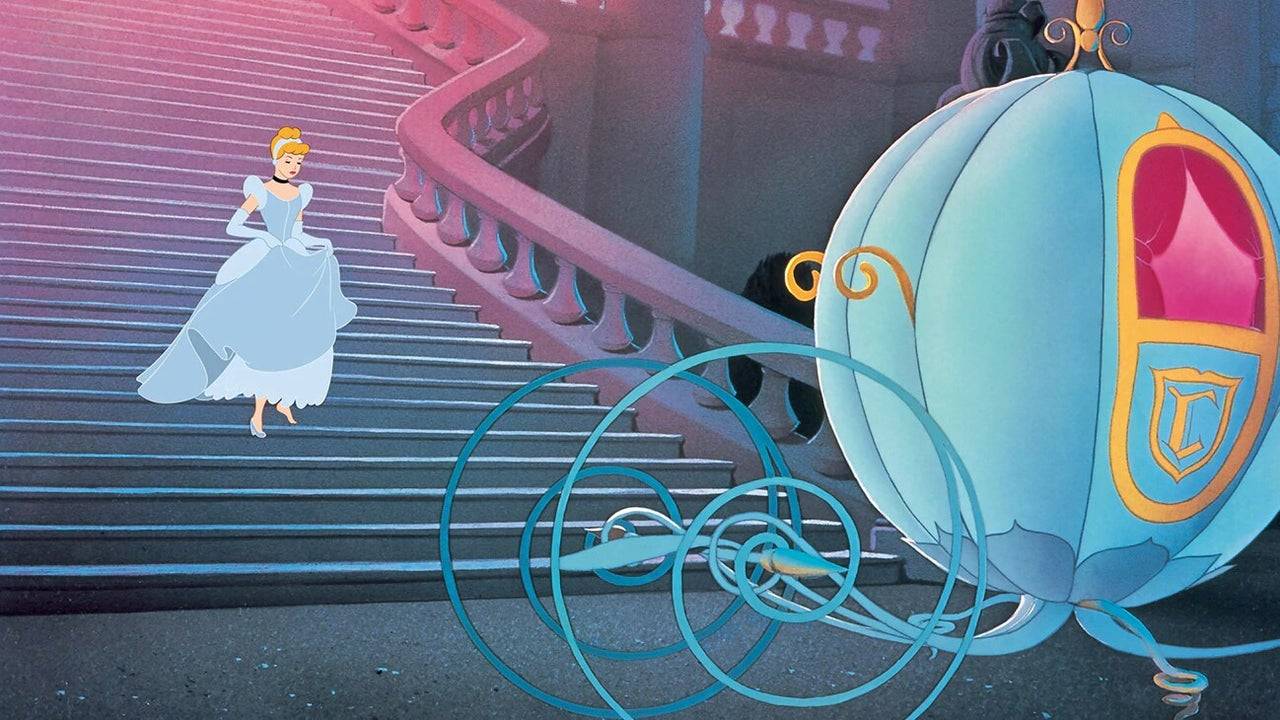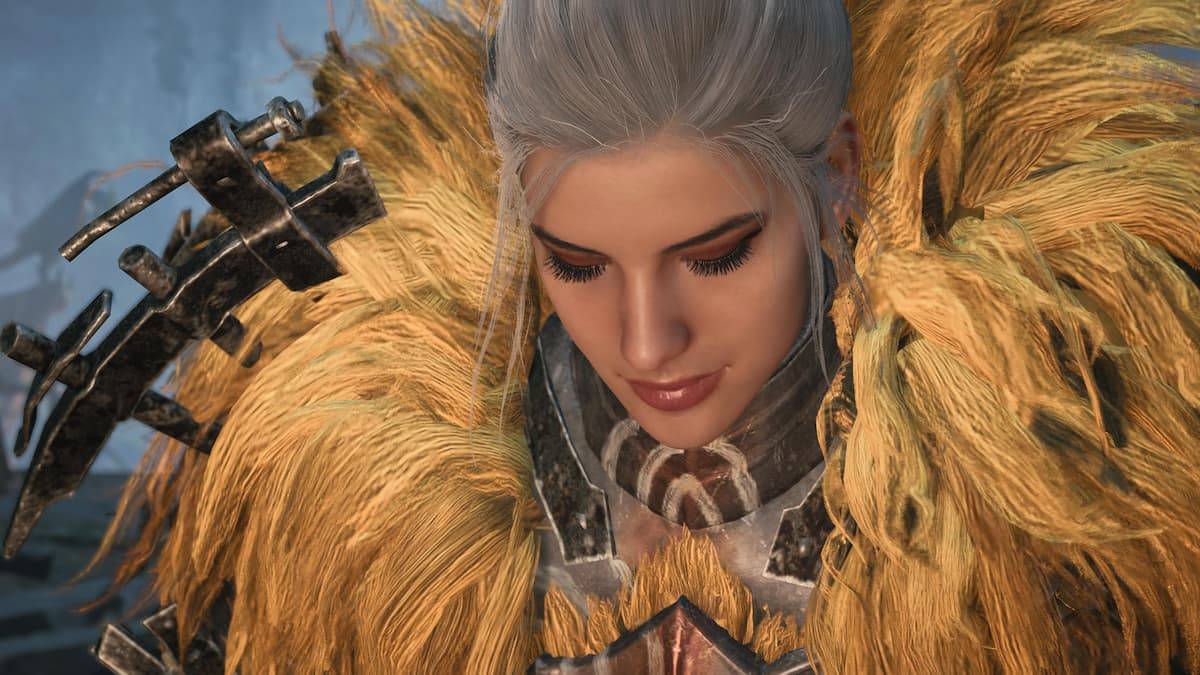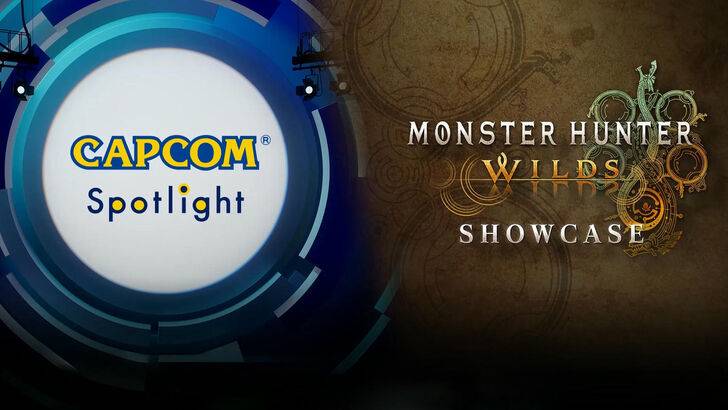Cinderella at 75: The Princess and Glass Slippers That Saved Disney
In 1947, The Walt Disney Company faced a crippling $4 million debt, largely due to the financial setbacks of *Pinocchio*, *Fantasia*, and *Bambi*, exacerbated by World War II and other factors. Their animation legacy teetered on the brink. But just as Cinderella's fairy tale reached its climax, so too did Disney's, thanks to the princess and her iconic glass slipper. The film's success rescued the company from potential ruin.
As *Cinderella* celebrates its 75th anniversary today, March 4th, we spoke with Disney employees whose inspiration stems from this timeless rags-to-riches story. It's a narrative that surprisingly mirrors Walt Disney's own journey, offering hope not only to the company but also to a world rebuilding itself and yearning for belief.
The Right Film at the Right TimeDisney's 1937 *Snow White and the Seven Dwarfs* proved a pivotal moment. Its phenomenal success enabled the construction of the Burbank studio and paved the way for future feature-length animation. However, *Pinocchio* (1940), despite critical acclaim and Academy Awards, lost approximately $1 million on a $2.6 million budget—a significant loss. *Fantasia* and *Bambi* further compounded the debt. World War II played a crucial role; European markets dried up, hindering the films' performance.
“Disney's European markets dried up during the war, impacting films like *Pinocchio* and *Bambi*,” explains Eric Goldberg, co-director of *Pocahontas* and lead animator on Aladdin's Genie. “The studio was subsequently involved in creating training and propaganda films for the military. Throughout the 1940s, they produced 'Package Films'—collections of shorter cartoons compiled into feature-length films. These were well-made, but lacked the cohesive narrative of earlier features.”

These Package Films, six in total between *Bambi* (1942) and *Cinderella* (1950), included *Saludos Amigos* and *The Three Caballeros*, part of the U.S. Good Neighbor Policy. While profitable, they diverted resources from true feature-length animation. Walt Disney, contemplating selling his shares, ultimately opted for a high-stakes gamble on *Cinderella*, a choice that could have ended Disney's animation studio.
“At that time, *Alice in Wonderland*, *Peter Pan*, and *Cinderella* were in development. *Cinderella* was chosen due to its similarities to *Snow White*, and Walt believed it could offer more than mere entertainment,” says Tori Cranner, Art Collections Manager at the Walt Disney Animation Research Library. “He understood America's post-war need for hope and joy. *Cinderella* was the perfect choice.”
Cinderella and Disney’s Rags to Riches Tale
Walt's connection to Cinderella dates back to 1922, when he created a short film at Laugh-O-Gram Studios. This early adaptation, along with other Laugh-O-Gram productions, ultimately failed, leading to bankruptcy. Yet, the story's theme of rags-to-riches resonated deeply with Walt.

“Snow White was a passive character,” Walt Disney explained. “Cinderella was more proactive. She believed in dreams, but acted on them.” Cinderella's strength and resilience mirrored Walt's own journey, marked by failures and challenges yet fueled by an unwavering dream and work ethic.
Initially conceived as a Silly Symphony short in 1933, the project's scope expanded, culminating in a feature film by 1938. The war and other factors delayed its release until 1950, allowing for refinement and evolution.
Disney's success stemmed from his ability to transform classic fairy tales into universally appealing stories. Goldberg notes, “Disney modernized these tales, making them palatable for all audiences. He infused his own style, heart, and passion, enhancing character development and narrative appeal.”
Disney's additions, such as Cinderella's animal companions and a more relatable Fairy Godmother, enhanced the narrative. The iconic transformation scene, meticulously crafted by Marc Davis and George Rowley, remains a testament to Disney's artistry. The broken glass slipper, a Disney innovation, further emphasizes Cinderella's agency and strength.
Premiering in Boston on February 15, 1950, and having its wide release on March 4th, *Cinderella* was an instant success, earning $7 million on a $2.2 million budget. Its critical acclaim signaled Disney's return to form, paving the way for future animation classics.
75 Years Later, Cinderella’s Magic Lives On
Cinderella's enduring legacy is evident in Disney's continued success and influence. Her castle serves as an iconic symbol, and her impact is felt in modern films, notably Elsa's transformation scene in *Frozen*, which draws direct inspiration from *Cinderella*'s magic.

Goldberg summarizes *Cinderella*'s enduring appeal: “It's a story of hope, perseverance, and the realization of dreams. It’s a message that resonates regardless of the era.”
-
1

GTA 6 Set for Fall 2025 Release, CEO Confirms
Apr 03,2025
-
2

First ALGS in Asia Emerges in Japan
Jan 19,2025
-
3

Introducing the Ultimate Guide to Seamless Character Swapping in Dynasty Warriors: Origins
Feb 25,2025
-
4

Roblox: CrossBlox Codes (January 2025)
Mar 04,2025
-
5
![Roblox Forsaken Characters Tier List [UPDATED] (2025)](https://img.jdzca.com/uploads/18/17380116246797f3e8a8a39.jpg)
Roblox Forsaken Characters Tier List [UPDATED] (2025)
Mar 05,2025
-
6

Max Hunter Rank in Monster Hunter Wilds: Tips to Increase
Apr 04,2025
-
7

Cute mobs in Minecraft: pink pigs and why they are needed
Mar 06,2025
-
8

Capcom Spotlight Feb 2025 Showcases Monster Hunter Wilds, Onimusha and More
Apr 01,2025
-
9

Delta Force Mobile: Beginner's Guide to Getting Started
Apr 23,2025
-
10

Gwent: Top 5 Witcher Decks (2025 Update)
Mar 13,2025
-
Download

Portrait Sketch
Photography / 37.12M
Update: Dec 17,2024
-
Download

Friendship with Benefits
Casual / 150.32M
Update: Dec 13,2024
-
Download
![[NSFW 18+] Sissy Trainer](https://img.jdzca.com/uploads/16/1719638919667f9b874d57e.png)
[NSFW 18+] Sissy Trainer
Casual / 36.00M
Update: Dec 11,2024
-
4
F.I.L.F. 2
-
5
슬롯 마카오 카지노 - 정말 재미나는 리얼 슬롯머신
-
6
Pocket Touch Simulation! for
-
7
Shuffles by Pinterest
-
8
Life with a College Girl
-
9
Chubby Story [v1.4.2] (Localizations)
-
10
Hunter Akuna














